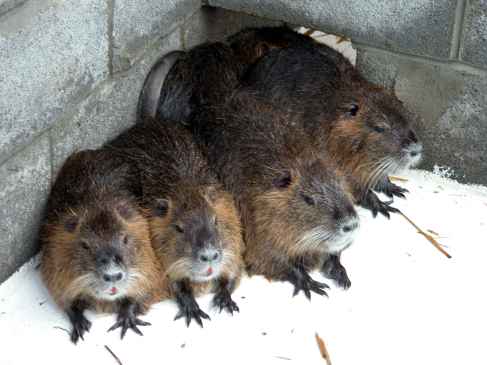There is so much news coming out from Northern Alberta and related projects these days, I can hardly keep up. Why does a guy in Michigan write so much about this topic? Because this megaproject will have (and already is having) a profound impact on the future of energy worldwide. For an easy read about why the Tar Sands are so influential, and so dangerous too, check out Canadian journalist Andrew Nikiforuk’s book Tar Sands: Dirty Oil and the Future of a Continent. Another reason this topic is so important is because Michigan is a huge playing-ground for the transportation of this oil between the U.S. and Canada. Below are a few links to some interesting stories in the news right now.
In Texas, southern portions of the XL Pipeline are already experiencing structural problems, such as dents and leaks, before oil is even being transported.
Digital Journal put out a great article about high rates of cancer in a community downstream from the Alberta Tar Sands. This community is also the subject in the film I suggested in an earlier post, called H2Oil.
And last but not least, BlackburnNews.com describes an oil spill in Sarnia, Ontario, Canada, just across the St. Clair River from us in Michigan.
Sources: “Keystone XL isn’t even built yet and already it’s faulty”. John Upton. Gristmill. 7 June 2013.
“Could tar sands be behind high rates of cancer in Fort Chipewyan?” Stephanie Dearing. Digital Journal. 29 June 2009.
“Pipeline Spill”. Stephanie Chaves. Blackburn News. 11 June 2013.
Image: MotherJones.com








